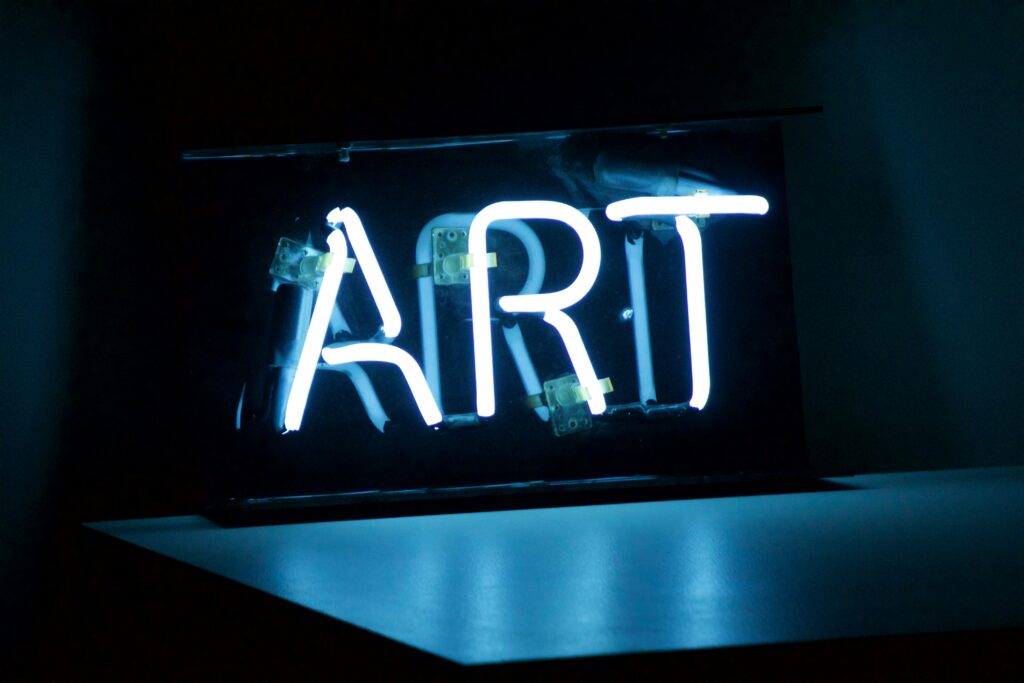Did you know that artificial intelligence is now being used to create original paintings that sell for millions of dollars? That’s right, the intersection of technology and art has reached new heights with the emergence of AI-generated artwork.
One such example is the painting “Edmond de Belamy,” which was created by an algorithm developed by the Paris-based collective Obvious. This artwork was the first AI-generated piece to be sold at auction, fetching a staggering $432,500 in 2018. The process involves training an algorithm on a dataset of artwork to learn artistic styles and patterns, ultimately creating unique pieces that blur the lines between human and machine creativity.
Critics have raised questions about the authenticity and value of AI-generated art, but proponents argue that it opens up new possibilities for artistic expression and challenges traditional notions of creativity. As AI continues to advance, we can expect to see even more innovative applications of this technology in the art world.
This convergence of technology and art not only pushes boundaries in the creative sphere but also raises important ethical and philosophical questions about the role of AI in society. As we navigate this new territory, one thing is clear: AI is reshaping the way we think about art and challenging us to redefine what it means to be creative.



